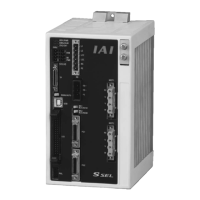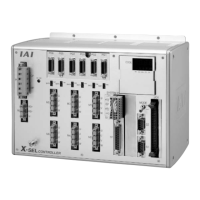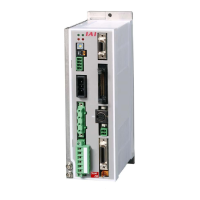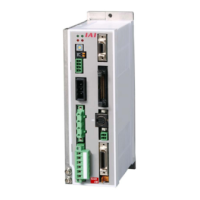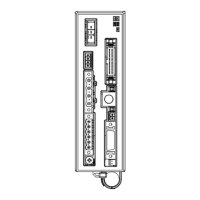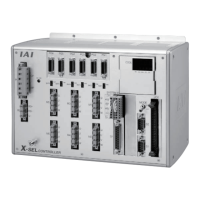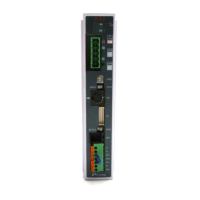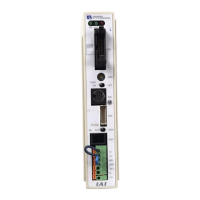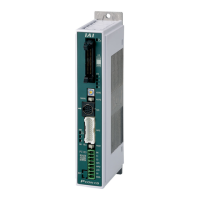What to do if control constant table management information mismatch error appears on IAI ssel?
- BBrooke SmithAug 14, 2025
A control constant table management information mismatch error indicates that the control constant table may not be supported by the IAI controller. Confirm that the control constant table is supported by the controller.
